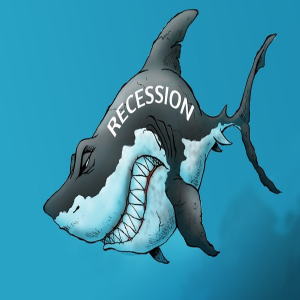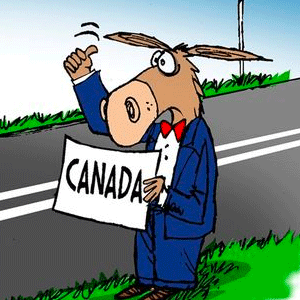COVID-19 clawbacks, spending caps and a cut – what House Republicans got in return for pushing the US to the brink of default
Published in Political News
Both Republicans and Democrats have interest in expediting the environmental review process for new energy leases, but they have very different priorities.
Republicans are more interested in gas pipelines and fossil fuel projects, while Democrats are more interested in wind, solar and other alternative energy installations. The problem for both is that the approval of environmental and technical plans is very slow and often involves all three levels of government. Also, at the federal level decisions often involve federal agencies with overlapping jurisdictions.
The new deal would make some minor changes to the environmental review process to make it go faster – though it’s less than what Republicans initially wanted.
White House and House Republican negotiators agreed to claw back as much as $30 billion in unspent funds from six COVID-19 programs passed by Congress. The estimate is based on the broadly similar House bill.
Some of these funds were allocated to various agencies, while others have already been distributed to states and even to local governments. The actual amount recovered will likely be less than estimated because funds continue to be spent and will take a while to recover.
Negotiators included a provision that would ensure there isn’t another fiscal crisis when Congress must pass 12 appropriations bills by October to keep the government funded into the next fiscal year. I think this is the most important component of the deal.
It automatically funds everything at 99% of the previous year’s level if Congress fails to pass the bills in time. Besides eliminating the possibility of a shutdown over the budget, as the U.S. has experienced in the past, the 1% decrease in funding provides a strong incentive for Republicans and Democrats to negotiate a compromise that keeps their priorities fully funded.
The deal would limit some spending in the short run but does very little to tackle America’s long-term debt problem, which I believe urgently needs to be addressed.
The U.S. national debt has exploded, most recently as a result of trillions of dollars in spending related to the COVID-19 pandemic. At a little under $32 trillion, it’s over 120% of gross domestic product, which is considered unsustainably high and is costing well over half a trillion dollars in annual interest payments. At some point, investors may begin to see U.S. government bonds as a risky investment and stop buying, which would lead to higher borrowing costs and could bring down the entire U.S. financial system.
But using the debt ceiling as a negotiating tactic is unlikely to achieve the kinds of tough choices needed to meaningfully slow the growing mountain of U.S. debt.
...continued







Comments